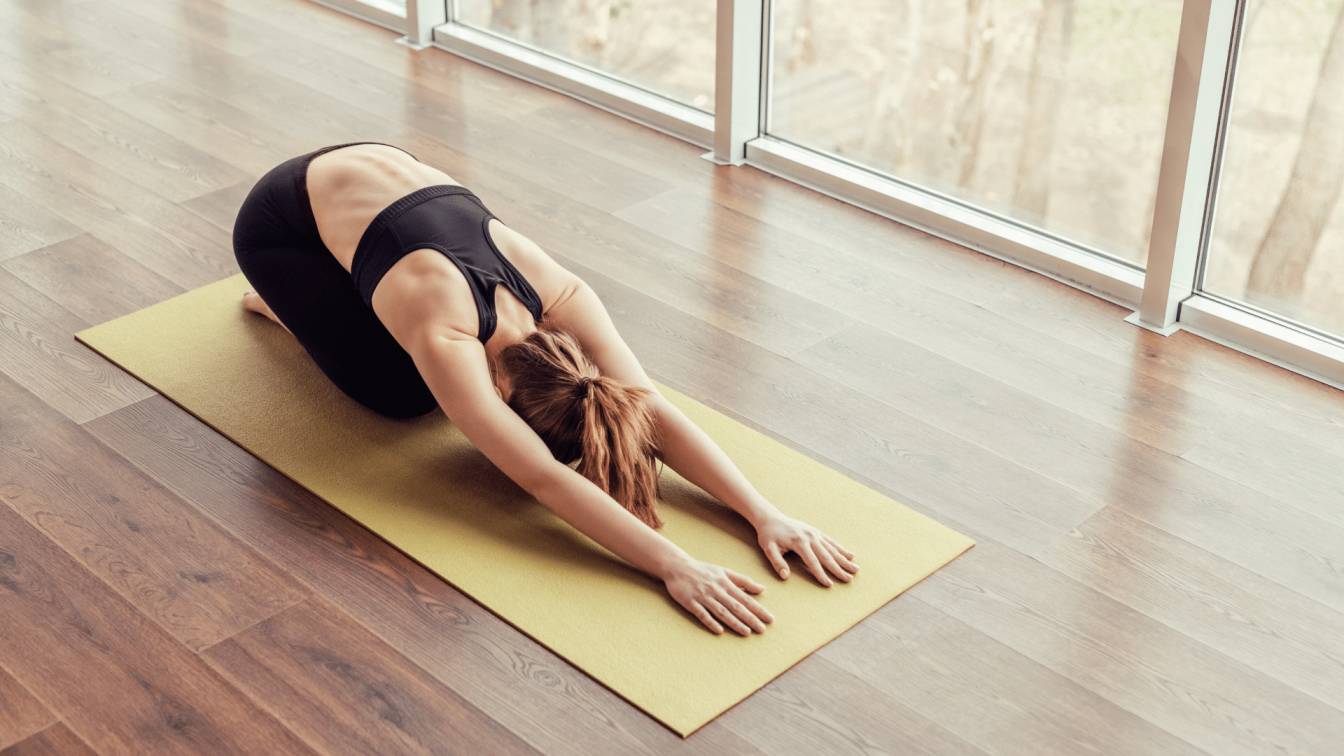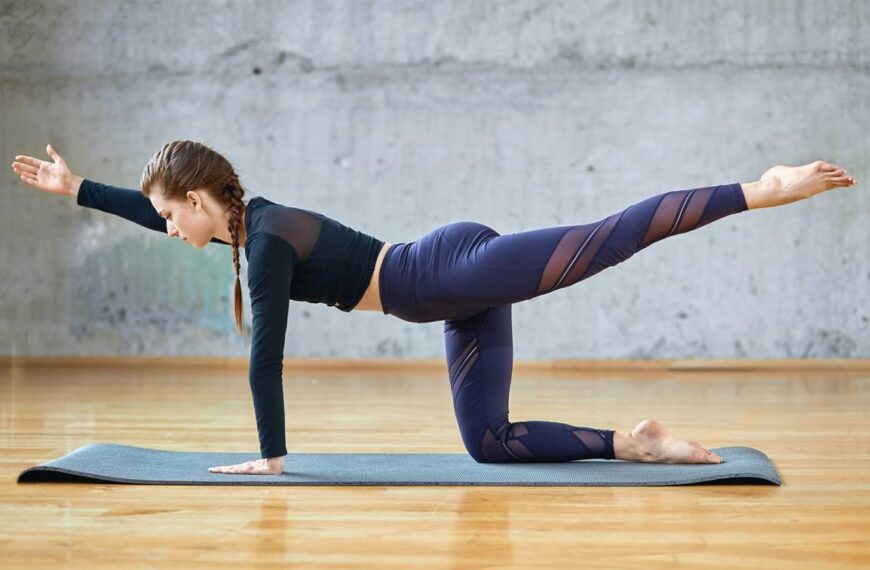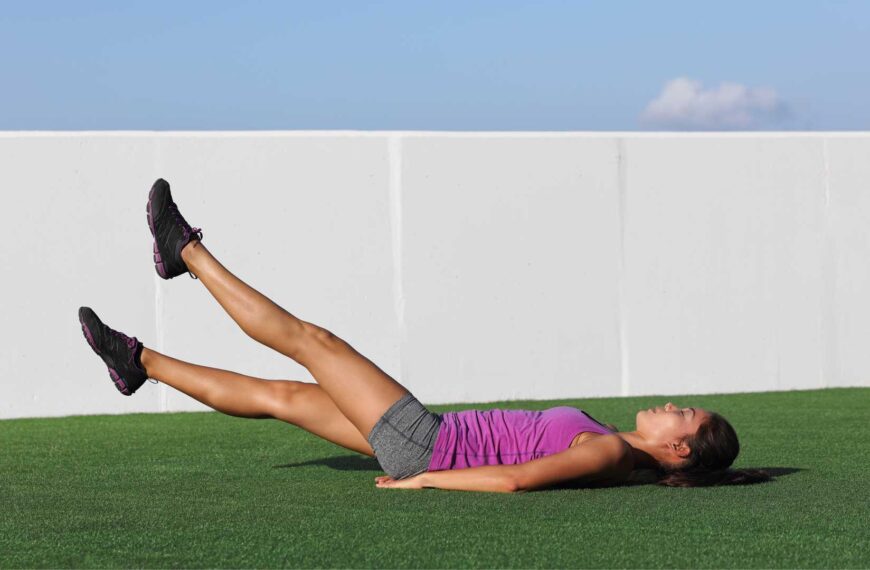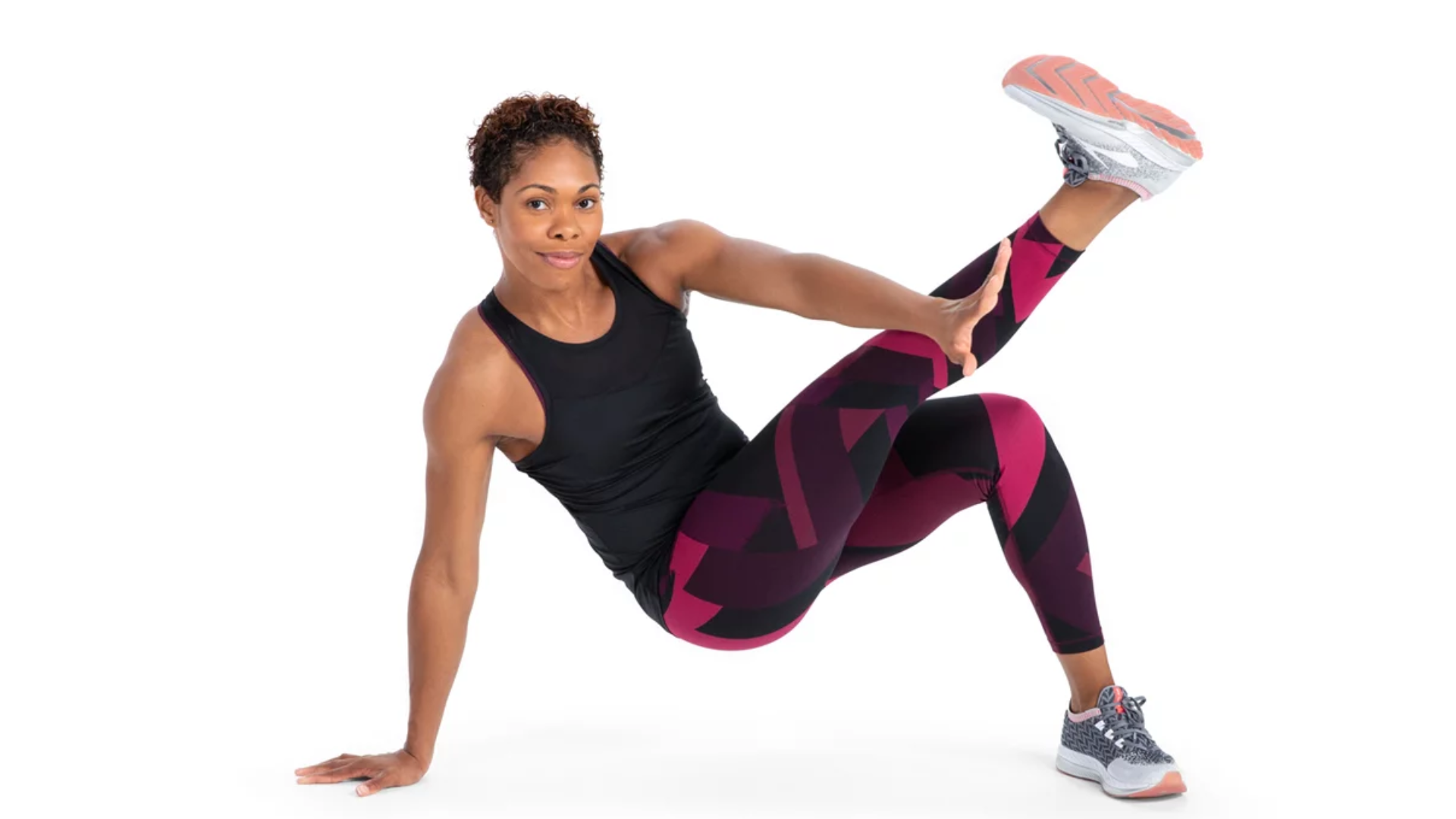Image Source: Marca
Are you looking to strengthen your core and improve your overall stability? The forearm to straight arm plank exercise is a challenging variation of the traditional plank that targets the core, arms, shoulders, and back. This exercise involves transitioning from a forearm plank position to a straight arm plank position, engaging different muscle groups and adding an extra level of difficulty to the exercise.
What You Will Learn:
- The concept of transitioning from a forearm plank to a straight arm plank.
- The muscle groups targeted by the forearm to straight arm plank exercise.
- Step-by-step instructions for performing the exercise.
- Common mistakes to avoid and modifications for different fitness levels.
- Recommended sets and repetitions, safety precautions, and considerations.
Preparing for the Exercise
Before attempting the forearm to straight arm plank exercise, it’s important to warm up your body with some light cardio exercises or dynamic stretches. This helps to increase blood flow, loosen up the muscles, and prepare your body for the upcoming workout.
Additionally, it’s crucial to find a stable and non-slippery surface to perform planks. This can be a yoga mat or an exercise mat that provides enough cushioning and support for your body. Planks require stability, so make sure the surface you choose allows you to maintain proper form throughout the exercise.
To prevent discomfort in your forearms, you may want to use a mat or towel to support them during the forearm plank position. This will help distribute the pressure and minimize any strain on your joints.
Step-by-Step Instructions for the Forearm to Straight Arm Plank Exercise
- Start in a forearm plank position with your elbows directly under your shoulders and your forearms resting on the ground.
- Engage your core, glutes, and legs to maintain a straight line from your head to your heels. Avoid sagging or lifting your hips too high.
- Gradually lift one hand off the ground, straighten your arm, and transition into a straight arm plank position. Your arm should be fully extended, and your palm should be firmly planted on the ground.
- Maintain proper alignment throughout the movement, focusing on keeping your core engaged and your body in a straight line.
- Lower the arm back to the forearm position, and repeat the movement on the other side.
- Continue alternating between the forearm plank and the straight arm plank, keeping a steady and controlled pace.
Tips for Maintaining Stability
During the forearm to straight arm plank exercise, it’s important to focus on maintaining stability and preventing excessive hip rotation. Here are some tips to help you stay balanced and aligned:
- Keep your core engaged throughout the entire movement. Imagine pulling your belly button towards your spine to activate your deep abdominal muscles.
- Avoid shrugging your shoulders or rounding your upper back. Instead, actively press your shoulders away from your ears and maintain a straight line from your head to your heels.
- Maintain a neutral spine by avoiding excessive arching or rounding. Imagine a straight line running from the top of your head to your tailbone.
- To prevent excessive hip rotation, engage your glutes and leg muscles. Squeezing your glutes will help stabilize your pelvis and maintain proper alignment.
Use of Merlin App for Forearm to Straight Arm Plank Exercise
The Merlin App is a valuable tool when it comes to performing the Forearm to Straight Arm Plank exercise, offering guidance and support to help you execute this challenging move effectively. This exercise is a fantastic full-body workout that targets your core, shoulders, and arms while also engaging your back, legs, and glutes. Here’s how the Merlin App can assist you in mastering the Forearm to Straight Arm Plank:
1. Real-Time Feedback: One of the key features of the Merlin App is its real-time feedback using artificial intelligence. When you initiate the Forearm to Straight Arm Plank, the app can assess your form and technique. It will notify you if you’re not maintaining proper alignment or if your transition between forearm and straight arm positions needs improvement. This instant feedback is invaluable, as it helps you avoid common mistakes and ensures that you perform the exercise safely and effectively.
2. Customized Workouts: The app enables you to customize your workout routines. This means you can include the Forearm to Straight Arm Plank exercise in your personalized workout plan. The app allows you to set the duration or repetitions that align with your fitness level and goals. Whether you’re a beginner looking to build strength or an advanced user seeking to challenge yourself, the Merlin App can adapt to your specific needs.
3. Voice Feedback: As you transition between the forearm and straight arm positions, the app offers voice feedback to guide you through the exercise. It may provide cues such as “Engage your core” or “Keep your body in a straight line” to ensure proper form and alignment. This vocal guidance is instrumental in helping you execute the exercise correctly and efficiently.
Common Mistakes to Avoid
While performing the forearm to straight arm plank exercise, it’s essential to be mindful of your form to maximize its effectiveness and minimize the risk of injury. Here are some common mistakes to avoid:
- Sagging Hips: Allowing your hips to sag towards the ground puts unnecessary strain on your lower back and reduces the engagement of your core muscles. Maintain a straight line from your head to your heels throughout the exercise.
- Rounded Shoulders: Dropping your shoulders and rounding your upper back can lead to poor posture and strain on your neck and shoulders. Keep your shoulders away from your ears and focus on keeping them in line with your wrists.
- Lifting Hips Too High: Conversely, lifting your hips too high creates an inverted V shape and shifts the focus away from your core. Aim to maintain a straight line from your head to your heels without excessively lifting your hips.
By paying attention to these common mistakes and making the necessary corrections, you can ensure that you are getting the most out of the forearm to straight arm plank exercise.
Progressions and Modifications
The forearm to straight arm plank exercise can be modified and progressed to suit different fitness levels and goals. Here are some variations you can try:
- Modified Forearm Plank: If you’re a beginner or find the full forearm plank challenging, you can perform the exercise on your knees instead. This modification reduces the amount of bodyweight you have to support, making it more accessible for beginners.
- Leg Lifts: To increase the difficulty and engage your glutes and hamstrings further, you can incorporate leg lifts into the exercise. From the straight arm plank position, lift one leg off the ground, keeping it straight and in line with your body. Lower it back down and repeat with the other leg.
- Instability Tools: If you’re looking for an added challenge, you can introduce instability tools like a stability ball or BOSU ball. Placing your forearms on the ball or the dome side of the BOSU ball will require additional core stabilization.
Remember to choose modifications or progressions that are suitable for your fitness level and gradually increase the intensity as you become more comfortable and stronger.
|Modification/Progression | Description | |—————————–|
Recommended Sets and Repetitions
The number of sets and repetitions for the forearm to straight arm plank exercise can vary depending on your fitness level and goals. As a general guideline, start with 2-3 sets of 8-10 repetitions on each side. Rest for 30-60 seconds between sets.
If you find this too challenging, feel free to decrease the number of repetitions or shorten the duration of each plank. Conversely, if you’re looking for a greater challenge, you can increase the number of sets or repetitions or hold the planks for longer durations.
Remember to listen to your body and progress at a pace that feels comfortable for you. It’s better to start with fewer reps and gradually increase them over time rather than pushing yourself too hard and risking injury.
Safety Precautions and Considerations
While the forearm to straight arm plank exercise is a great way to strengthen your core, it’s essential to prioritize safety and listen to your body. Here are some precautions and considerations to keep in mind:
- Consult with a Professional: If you’re new to exercise or have any underlying health conditions, it’s always a good idea to consult with a fitness professional or doctor before starting a new exercise program. They can provide personalized guidance and ensure that the forearm to straight arm plank exercise is appropriate for you.
- Maintain Proper Form: Focus on maintaining proper form throughout the exercise to prevent injury and maximize its effectiveness. If you feel your form deteriorating, take a break, readjust, and continue with the exercise.
- Breathe Properly: Remember to breathe steadily and avoid holding your breath during the forearm to straight arm plank exercise. Inhale deeply through your nose before starting the movement and exhale through your mouth as you transition between positions.
- Listen to Your Body: Pay attention to how your body feels during the exercise. If you experience any pain or discomfort, stop immediately and consult with a healthcare professional.
By following these safety precautions and considering your individual needs and limitations, you can perform the forearm to straight arm plank exercise safely and effectively.
Conclusion
The forearm to straight arm plank exercise is a challenging and effective way to strengthen your core, arms, shoulders, and back. By mastering this exercise, you can improve your overall stability, posture, and functional strength.
Remember to incorporate this variation into your regular workout routine, gradually increasing intensity and duration over time. Prioritize proper form and listen to your body to achieve optimal results.
If you’re looking for more ways to target your core and strengthen your upper body, consider exploring other exercises like the straight arm plank leg lift, table-top pushup, or plank to down dog. These exercises, along with the forearm to straight arm plank, can help you achieve a well-rounded and challenging workout routine.
Always remember to consult reputable sources and seek guidance from fitness professionals to ensure you are performing exercises correctly and safely.









